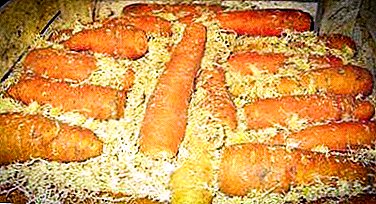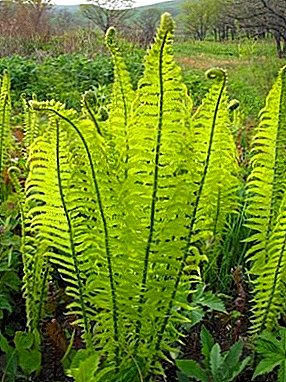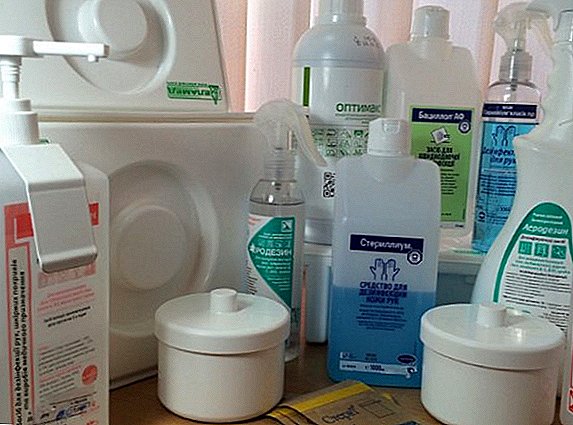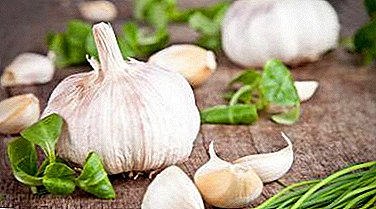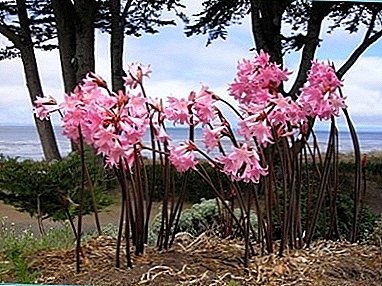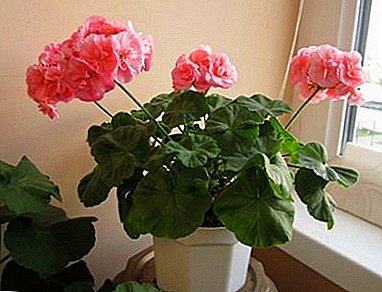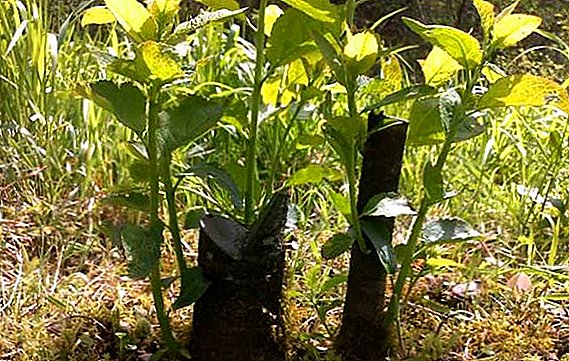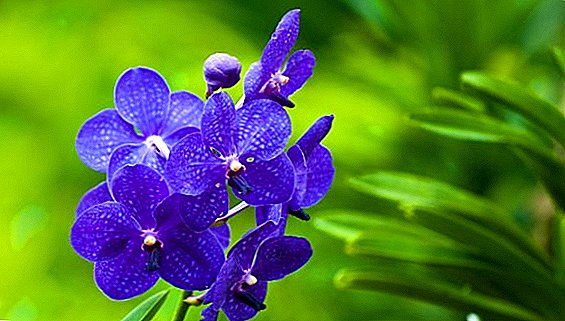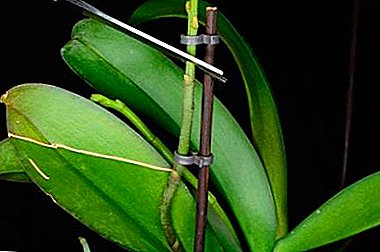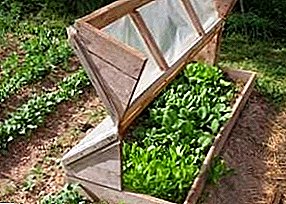
The name itself speaks of the small size of this structure. Despite the difference in size from the equipped stationary greenhouse, such babies reliably protect plants from adverse environmental effects.
Mini-greenhouse is considered a small size design. Such facilities have gained popularity due to ease of installation, ease, and affordable price.
Mini-greenhouse does not take up much space on the garden plot. At the same time, thanks to its use, it is possible to bring the summer for a whole month and get an early harvest much earlier.
Kinds
 There are two types of such structures:
There are two types of such structures:
1. In-depth.
Well retains heat for plants. In essence, it is a trench over which a wooden or brick frame is located.
The roof of the greenhouse is made of glass or film frame. Sometimes, for such a mini-greenhouse, an arched roof is made to increase its height.
2. Elevated.
These mini-greenhouses portable. Their advantage consists in mobility. But at the same time, their minus is that they are more cold. It is much more difficult to keep warm in such hotbeds than in deep ones.
Above-ground mini-greenhouses can be made of arcs or reinforced metal frame. The coating is used film, nonwovens or polycarbonate.
The height of mini-greenhouses does not exceed two meters, length - up to 6 meters, width - 1.5 - 2 meters.
Ready designs
Modern industry offers a lot of finished structures. Advantage their acquisition is full setThe parts are made of durable materials and are ideal for each other.
Most popular due to the ease of use The following models are:
 "Snail". Created for growing seedlings. It is based on a metal frame of 2.1 x1.1 x, 1.85. The lifting cover is made of polycarbonate.
"Snail". Created for growing seedlings. It is based on a metal frame of 2.1 x1.1 x, 1.85. The lifting cover is made of polycarbonate.
"Country". Arched design on metal arches, assembled with the help of crosses included in the kit. For fixing the arcs in the ground, pointed pegs are included in the kit, on which arcs are put on. The coating is made of a foil material, but it can be replaced with any nonwoven fabric if desired.
"Gherkin". The frame is made of steel profile in the form of arcs and transverse crossbar. For this greenhouse, you can choose a coating of plastic film or nonwoven material. The size of the greenhouse is 100cmХ100Х480cm. Ideal for growing cucumbers and seedlings.
"Snowdrop". Made of plastic tubes. Included are pegs for fixing the frame in the ground. As a coating, non-woven material made of agrofibre is used, which allows air and water to pass through, but does not allow cold air to penetrate inside the greenhouse. For fixing the fabric used special clips. The height of the greenhouse 1 meter, width 1.2 meters. The length of the tunnel from 3.5 to 9.6 meters.
What is a mini-greenhouse for?
 The first mini-greenhouses designed for growing seedlings of vegetable or flower crops.
The first mini-greenhouses designed for growing seedlings of vegetable or flower crops.
Due to its size, such constructions keep warm well, in contrast to large stationary greenhouses, in which it is rather difficult to heat the entire mass of air. Seedlings grown in mini-greenhouses on the street, stronger and more viable than that grown in indoor conditions.
He needed for growing cabbage seedlings, as growing it at home is impossible because of the stretching of the shoots.
Mini-greenhouses are also suitable. for growing stunted vegetables. Peppers, cucumbers, low-growing tomatoes grow well in them.
Very good results are obtained by growing in a mini-greenhouse. early green. For this crop, the stable high temperature of the air is not needed, therefore, it is possible to begin growing greens as soon as the daytime temperature rises above 15 degrees.
Advantages and disadvantages

The pros in using mini greenhouses is their compactness, low price, ease of access to plantsgrown in them. The design of this size easier to warm and protect in case of possible return frosts.
Undoubtedly plus is and what top coat on hot days can be completely removedso that vegetables grown in a mini-greenhouse get the most light. At the same time it helps to avoid overheating of plantsthat often happens in heat in large stationary greenhouses.
Unlike stationary greenhouses the use of mini-greenhouses allows you to observe the rotation on the dacha. You can easily move it from the garden to the garden and change the place of cultivation of a particular crop without the need to replace the soil, as it should be done in a large greenhouse.
Also advantage mini-greenhouses is their ease of installation. Even a child can cope with the installation of such structures. They can be used during the whole garden period - from early spring to late autumn. And even in winter, they are suitable for sheltering undersized heat-loving shrubs.
Minus mini-greenhouse is inability to heat them in case of frosts. Maintain the minimum allowable temperature only for a while.
 In mini-greenhouses you can grow only stunted vegetablestherefore the choice of cultures for them is also limited.
In mini-greenhouses you can grow only stunted vegetablestherefore the choice of cultures for them is also limited.
Disadvantage greenhouses with covering materials and film coverings are their sail. Unreliable film is often blown away. Sometimes the arc greenhouse strong gusts of wind blown away, and the plants can be damaged by it.
One more significant disadvantage is an the need for periodic replacement of the film or covering material, as they quickly lose their ability to retain heat due to tears and abrasions.
Mini-greenhouses, despite some shortcomings, are an excellent alternative to expensive, massive greenhouses. Therefore, they will become reliable assistants in the process of growing vegetables in your gardens.
A photo
More photos of mini-greenhouses:






